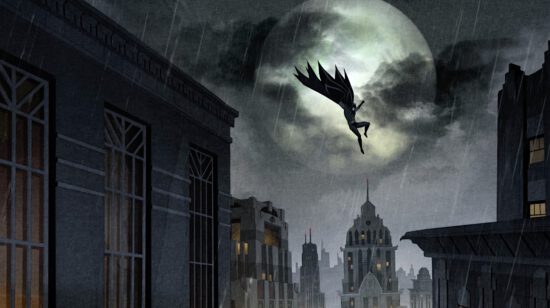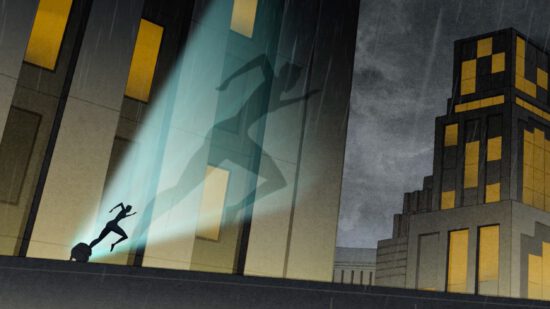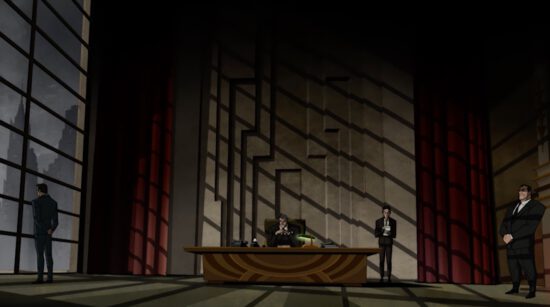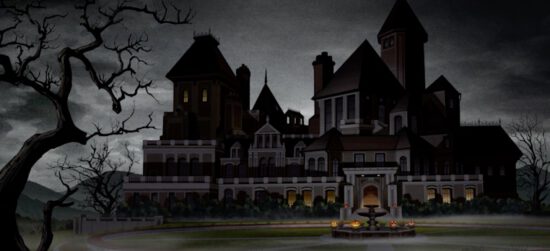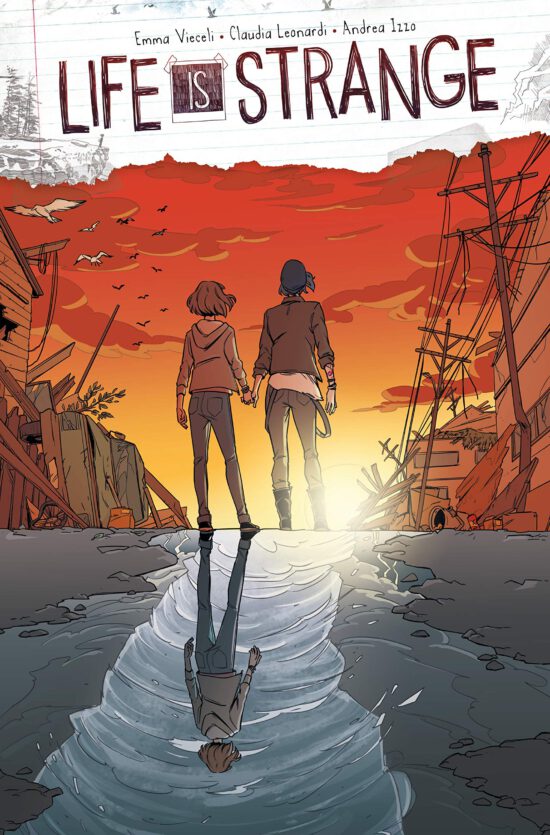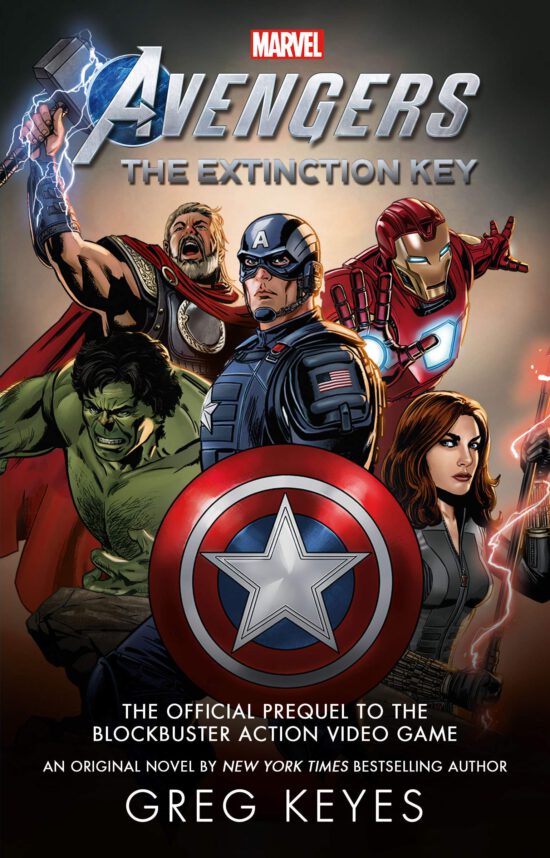Ascender, Vol. 1: The Haunted Galaxy by Jeff Lemire and Dustin Nguyen
So I was, to put it mildly, not happy with the way Descender ended . I knew that there was a sequel to that series — this is it, Ascender — but I figured I would not be coming back after writer Jeff Lemire set up a Backswing Fantasy larger than any seen previously. (Larger both in the backswinginess and the fantasy: this is full-bore dragon-starship goofiness here.)
But the local library had a copy of Ascender, Vol. 1: The Haunted Galaxy , and that last Descender volume was literally the only time I’d read a Jeff Lemire comic and not really enjoyed it, so I thought I should give it a chance.
I tend to suspect the Descender/Ascender transition was the plan all along, since Ascender is not so much a thematic riff on Descender, or another story set in the “same” (vastly changed) universe, but a flat-out pure sequel. The main character of Ascender is Mila, the roughly nine-year-old daughter of Andy and Effie from Descender, and the main action of this volume is Andy and Mila running away from danger to get to another character we recognize from the previous volumes.
That is to say: you could start here, but starting here is not the point, and not the expectation. This is for people who read Descender. (And that makes me think, with my old fantasy-editor hat on, that this will want to be a trilogy eventually — what would that make the merged science/fantasy galaxy’s story? Leveler?)
You may have also noticed that Bandit, the robot dog, is on the cover along with Mila, so mentioning it shouldn’t be a spoiler. His arrival sets in motion the plot, which so far is running on the same kind of rails as Descender, with two cases of “that person has got to be dead” already showed prominently, one immediately subverted and the other obviously going in a very specific direction. It’s all a bit lazy and obvious, I’m sorry to say.
In related news, the Big Bad is a vampire queen named Mother – I guess it’s positive that she’s of the old and morbidly fat style of evil vampires, not the slim and seductive type? – who is the latest in a centuries-long series of vampire queens who apparently immigrated in from some other universe between the end of Descender and this book. (Seriously, there’s nowhere in the universe shown in Descender they could have been. I’ll buy “the universe flipped to magic, and now we have vampires!” but not “oh, and they’re centuries old, because they were actually .”) She is casually cruel to her underlings and rules the galaxy with a bloated fist, because of course she does, and she somehow did all this in less than a decade.
There are Rebels , because any Star Wars-inspired story worth its salt has to have them, and they are obviously the good guys. Mila will join them, eventually, but probably not until book three – my guess is that she meets them in passing in book two, maybe with her keepers at the time getting into a violent disagreement with the Rebels, and then that has to be papered over later. The Rebels have a secret Sorcerer leader, whom the evil vampire queen is of course insane to find and kill, but said sorcerer does not seem to be actually good enough at the sorcery thing to make the Rebels any kind of match for the Forces of Evil.
(Oh, and the sorcerer is almost certainly a robot. My money is on Tim-21, but it’s definitely not going to be a new character. I expect his big reveal will be at the end of one of the volumes: maybe two, more likely three.)
Ascender looks wonderful, moves quickly, and is full of action, adventure, and vigor. It’s also hugely derivative and barely exists as a thing of its own, being a Descender remix by DJ Star Wars using beats from several hundred years of generic horror. I may read more of it, if I can keep getting it from the library, but I’ll be damned if I’ll spend money on this.
![]()
![]()
Reposted from The Antick Musings of G.B.H. Hornswoggler, Gent.
















